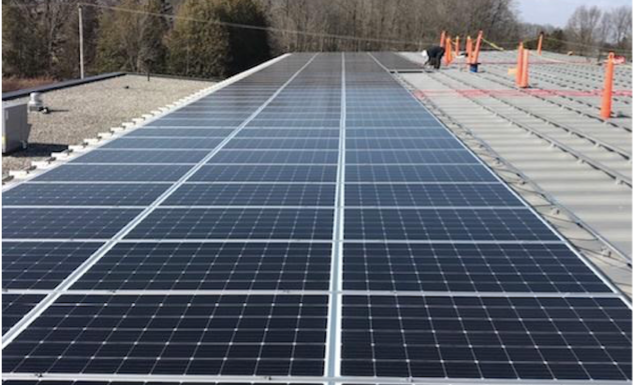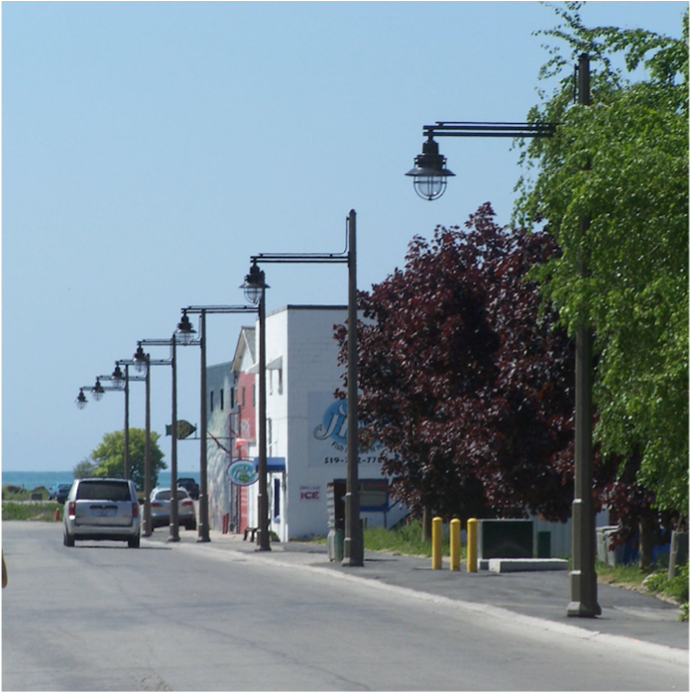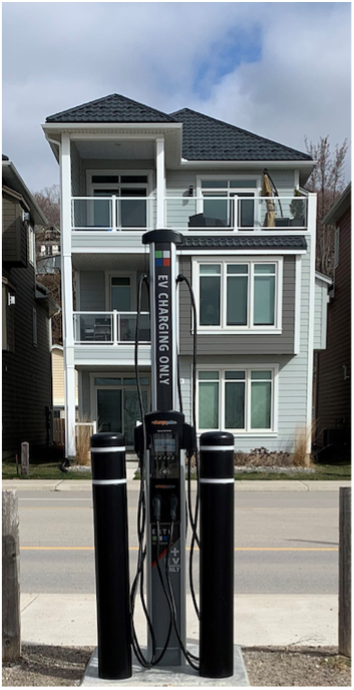Chris White, CEO of ERTH makes the case for Community Power: its benefits and implementation

The ERTH Corporation group of companies continues to challenge the traditional electric utility business model by embracing Community Power. Put simply, Community Power involves clean energy projects that are owned by (or on behalf of) the local communities in which they are located. These projects can include a variety of distributed energy resources such as solar energy, electric vehicle charging infrastructure, energy storage, and energy efficiency retrofit projects. Generating or storing electricity via these decentralized resources will ensure the transition from the traditional “take-make-waste” electricity grid of the past (where electricity is generated via large-scale generation facilities far from where the electricity is used) to a distributed Community Power energy system where clean electricity is produced, controlled, and used locally.
Community-owned renewable energy projects not only reduce greenhouse gas emissions and ensure a secure and sustainable energy supply, but also catalyze economic and operational participation which may lead to energy independence, energy savings, and benefits for the local electricity grid. This smarter, more decentralized, yet more connected electrical system can also increase reliability, asset utilization, and open new opportunities for business.
By providing community-based organizations such as municipal entities or local co-operatives with ownership and decision-making control, Community Power can help place communities at the centre of the low carbon transition. It allows local stakeholders to be directly involved in energy decisions and provides them with more control over their electricity. It also focuses on the cooperation and development of common goals between citizens, leading to stronger communities overall. The majority of the social and economic benefits associated with the Community Power projects are retained in the local community. Although the profits from the energy projects may be used by the owners for other purposes, these economic returns can also be re-invested into new Community Power projects, thus creating momentum towards a future of distributed clean electricity resources. This is the ultimate goal and a principal pillar for ERTH Corporation: to lead by example to help create a brighter, cleaner, and more sustainable tomorrow for our communities.

As a local electricity distributor and energy services provider owned by nine municipalities in southwestern Ontario, ERTH recognized the important role it must play in developing Community Power projects in the municipalities that it serves. Since forming via the amalgamation of local public utilities in 2000, ERTH has been actively engaged in supporting the deployment of distributed energy resources throughout its communities. In 2018, ERTH formed ERTH Community Power: a limited partnership of nine municipalities created to develop solar generation projects on municipal properties. The goals of ERTH Community Power were to increase the amount of renewable energy in its communities and ensure that any financial returns or environmental benefits from the projects remained local. The limited partnership structure was also introduced as a means to attract additional local investors in the future and broaden local participation beyond ERTH and its shareholder municipalities.
ERTH Community Power completed the construction and financing of solar PV rooftop projects on four municipal sporting facilities in late 2018. Today, ERTH Community Power owns and manages seven projects totalling 850kW. These Community Power projects generate over 1,000 MWh annually while offsetting over 20MT of carbon dioxide. They are also expected to generate over $4M for local stakeholders over the life of the projects. In addition to these benefits, ERTH Community Power’s projects are examples of the viability and advantages of local renewable energy. It is critical for ERTH and its peers in the electricity sector to show leadership in the education, acceptance, and deployment of locally-owned clean energy where needed. The hope is that other areas will follow ERTH’s lead by investing in or developing future Community Power projects.

Given ERTH Community Power was ERTH’s first large-scale effort to develop distributed solar energy resources, obtaining the acceptance and approval of the board of directors and municipal shareholders to enter into a new business was an initial obstacle. Helping them understand and approve the limited partnership structure as a means to entice potential local investors to invest in the projects was also a challenge. However, once the board and shareholders understood the importance and value of Community Power, they have been very supportive. ERTH’s award-winning Turnkey LED Street Light Retrofit Program, the objective of which is to provide municipalities with energy savings and environmental credits associated with replacing existing streetlights with energy-efficient LED fixtures, was launched over a decade ago. This lighting fixture retrofit results in a reduction of street light energy use by over 50% and a substantial drop in street light pollution. Although a simple change, the upfront costs to replace the street light fixtures were a hurdle for some municipalities with limited capital budgets. To address this, exhaustive negotiations with lighting manufacturers were conducted to obtain the lowest prices, and we developed a proprietary financial model, able to illustrate energy savings, payback periods, and other metrics to help municipalities fund the cost of installing LEDs. To date, ERTH has completed LED streetlight retrofits for over 60 municipalities throughout Ontario, replacing 35,000 lights, saving over 15,330 MWh of electricity, and offsetting 266 MT of carbon dioxide.

More recently, ERTH has made the deployment of electric vehicle (EV) charging infrastructure one of its strategic priorities. In 2019, with funding assistance from the federal government, the deployment of the “ERTH Energy Community EV Network”, a network of publicly accessible EV charging locations connecting its 15 service communities that stretch from the shores of Lake Erie in Port Stanley to the shores of Lake Huron in Goderich was commenced.
Using its knowledge of the local electricity grid and leveraging relationships with community stakeholders, a network of EV chargers in locations that make sense for both EV drivers and the electricity system was deployed. This will further promote the adoption of EVs as a viable, cleaner alternative to traditional transportation. In 2021, ERTH will be completing the installation of twenty-four electric vehicle charging connections at twelve locations in eight communities, adding to the growing network of distributed energy resources.
ERTH looks forward to an emissions-free energy future where electricity is generated cleanly and controlled locally. It is exciting to continue to play an important role in this needed transition.














